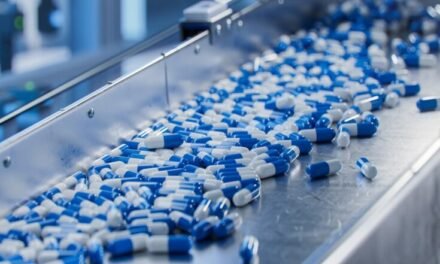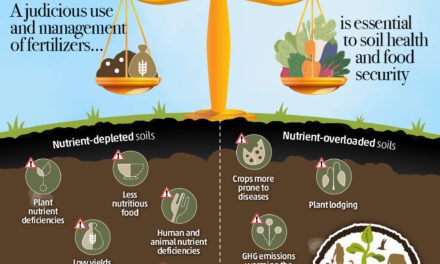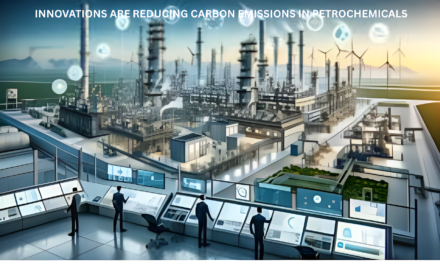The pharmaceutical industry is actively reducing dependency on animal testing for drug chemicals by developing and adopting alternative methods that are more ethical, efficient, and often more predictive of human responses. These approaches leverage advanced technologies, computational models, and innovative testing methods to replace, reduce, or refine animal use (commonly referred to as the 3Rs). Here’s how the industry is addressing this shift:
1. Advanced In Vitro Models
- Human Cell and Tissue Cultures:
- Human-derived cells and tissues are used to test the safety and efficacy of drug chemicals.
- Example: Liver cells (hepatocytes) are used to study drug metabolism and toxicity.
- Organoids:
- Miniature, lab-grown 3D tissues mimic the structure and function of human organs, providing a better model for drug testing.
- Example: Brain organoids for neurotoxicity testing and cancer organoids for chemotherapeutic responses.
- Microfluidic Devices:
- “Organ-on-a-chip” technology replicates the physiological environment of human tissues, allowing real-time monitoring of drug effects.
2. Computational Models and AI
- Predictive Modeling:
- Algorithms simulate human biological responses to drug chemicals, reducing the need for animal models.
- Example: Quantitative Structure-Activity Relationship (QSAR) models predict toxicity based on chemical structures.
- AI-Driven Drug Screening:
- Machine learning analyzes large datasets to predict the safety and efficacy of compounds, narrowing down candidates before physical testing.
- Example: IBM Watson Health uses AI to identify potential side effects and optimize drug design.
3. High-Throughput Screening (HTS)
- Automated In Vitro Testing:
- HTS technologies test thousands of compounds simultaneously using cell-based assays.
- Impact:
- Accelerates drug discovery while minimizing the need for initial animal trials.
4. Use of Biomarkers
- Human-Specific Biomarkers:
- Biomarkers are used to predict human-specific responses to drugs, reducing reliance on animal data.
- Example: Biomarkers for liver toxicity help assess hepatotoxic potential in vitro without animal testing.
5. 3D Bioprinting
- Custom Tissue Models:
- 3D bioprinting creates human-like tissues from bioinks, which are used for drug testing.
- Example: Bioprinted skin for testing topical drugs and cosmetics, replacing animal skin models.
6. Regulatory Acceptance of Alternatives
- Guidelines and Approvals:
- Regulatory bodies like the FDA, EMA, and OECD are increasingly accepting data from validated alternative methods.
- Example: OECD guidelines for in vitro skin irritation and eye irritation testing.
- Shift in Policies:
- The EU’s ban on animal testing for cosmetics has accelerated the development of alternative methods, with implications for drug testing as well.
7. Toxicogenomics
- Gene Expression Analysis:
- Studying changes in gene expression in human cells exposed to drug chemicals provides insights into potential toxicity.
- Example: Toxicogenomic data are used to predict carcinogenicity without long-term animal studies.
8. Simulation of Human Physiology
- Physiologically Based Pharmacokinetic (PBPK) Models:
- Simulations predict how drugs are absorbed, distributed, metabolized, and excreted in humans.
- Virtual Human Models:
- Computational tools create virtual human systems for testing drug interactions and side effects.
9. Collaboration and Open Innovation
- Public-Private Partnerships:
- Initiatives like the Tox21 program (a collaboration between the EPA, FDA, and NIH) focus on developing high-throughput and computational models to replace animal testing.
- Open-Access Databases:
- Shared databases of chemical toxicity and pharmacokinetic data reduce redundant animal studies.
10. Ethical and Economic Incentives
- Cost Reduction:
- Alternatives are often more cost-effective than animal testing in the long run.
- Ethical Commitments:
- Companies are adopting corporate responsibility policies to minimize animal testing in response to public demand.
11. Industry Innovation in Drug Development
- Microdosing in Humans:
- Administering subtherapeutic doses to humans allows for early pharmacokinetic and pharmacodynamic data collection without animal testing.
- Patient-Derived Models:
- Tissues and cells from patients provide more accurate models for testing personalized therapies.
12. Overcoming Challenges
- Validation of Alternatives:
- Efforts are underway to validate alternative methods for broader acceptance by regulatory bodies.
- Integration with Current Practices:
- Bridging the gap between traditional and alternative testing approaches to ensure a smooth transition.
Case Studies
- Draize Test Replacement:
- The in vitro corneal model (e.g., EpiOcular) has replaced the Draize eye irritation test, eliminating the need for animal testing in this area.
- Hepatotoxicity Testing:
- Liver-on-a-chip technology mimics human liver function, allowing accurate predictions of liver toxicity without animal models.
Conclusion
The pharmaceutical industry is making significant progress in reducing dependency on animal testing through the development of innovative alternatives, such as in vitro models, computational tools, and bioprinting technologies. These advancements not only address ethical concerns but also improve the efficiency and reliability of drug testing by providing more human-relevant data. Continued investment in alternative methods and regulatory alignment will further accelerate this shift, ensuring a sustainable and humane future for drug development.
Hashtags
#ReduceAnimalTesting #AnimalTestingAlternatives #EthicalPharma #NoAnimalTesting #HumaneScience #InnovativeAlternatives #InVitroTesting #AIInPharma #DigitalDrugTesting #LabOnAChip #OrgansOnChips #EthicalResearch #RegulatoryInnovation #AnimalFreeTesting #ComplianceForEthics #EthicalDrugDevelopment #PharmaInnovation #TechInPharma #AlternativeTesting #FutureOfDrugTesting #InnovativePharma

















